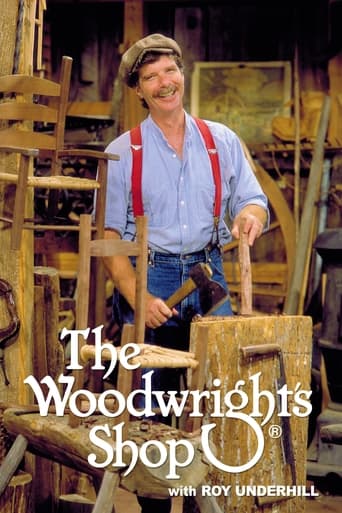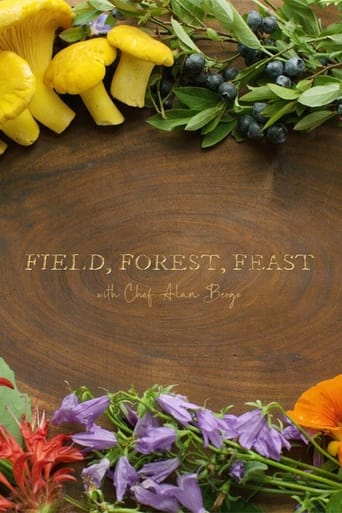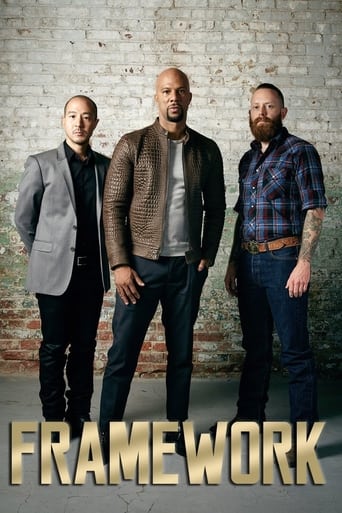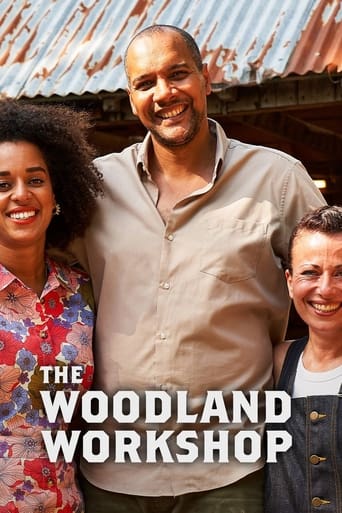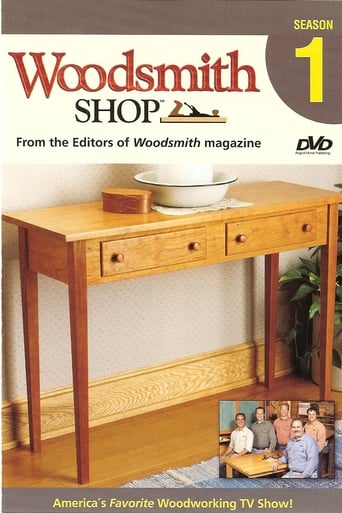The Woodwright's Shop Season 4
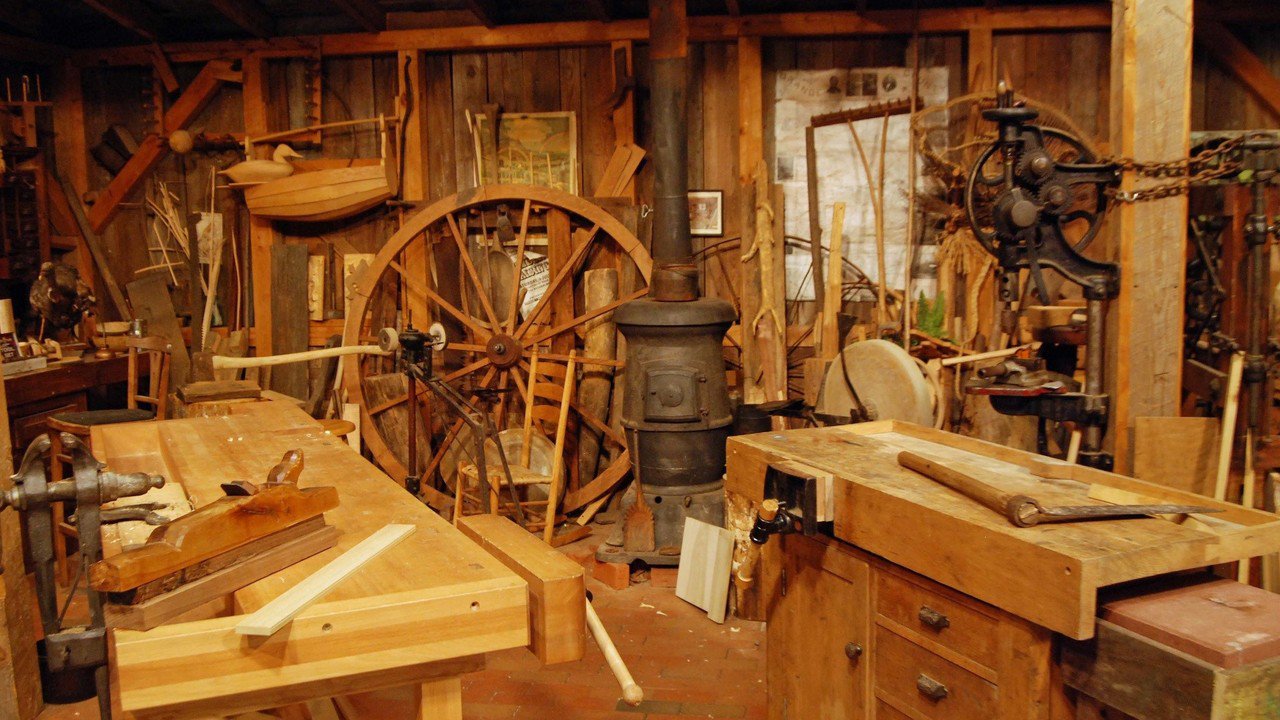
The Woodwright's Shop is a traditional woodworking show hosted by Roy Underhill on the Public Broadcasting Service in the United States. It is one of the longest running "how to" shows on PBS. Since its debut in 1979, the show has aired over 400 episodes. The first two seasons were broadcast only on public TV in North Carolina; the season numbering was restarted when the show went national in 1981. It is still filmed at the UNC-TV studios in Research Triangle Park, North Carolina.
Watch NowWith 30 Day Free Trial!
The Woodwright's Shop
1981 / TV-G
The Woodwright's Shop is a traditional woodworking show hosted by Roy Underhill on the Public Broadcasting Service in the United States. It is one of the longest running "how to" shows on PBS. Since its debut in 1979, the show has aired over 400 episodes. The first two seasons were broadcast only on public TV in North Carolina; the season numbering was restarted when the show went national in 1981. It is still filmed at the UNC-TV studios in Research Triangle Park, North Carolina.
Watch Trailer
The Woodwright's Shop Season 4 Full Episode Guide
To celebrate his new nephew, Roy builds an 18th century baby’s high chair with rush seating.
Roy recreates a classic pine corner cupboard.
After discussing how humidity affects different wood species, Roy makes a clever and simple late 18th-century hygrometer to measure the humidity in the shop.
Roy pitches in with the raising of the frame-and-timber structure for Anderson’s Forge at Colonial Williamsburg.
Roy shows you how to make some always-gift-appropriate and useful utensils for the kitchen including a rolling pin, heavy spoon, a collapsible drinking cup and more.
Roy looks at the details of early-American fences, including lightweight and portable fences used for sheep herding, garden fences and more substantial post and rail “fences” used in forts built around 1620.
Mack Headley from Colonial Williamsburg visits the shop and demonstrates the chip carving techniques used to decorate furniture.
Roy explores the contents of a recently purchased tool chest, trying to determine something of the original owner. He then shows how to recreate the chest itself.
Roy works with his daughter, Rachel, to create a child-size, 17th-century chair found in a book by Wallace Nutting.
Roy welcomes Wallace Gusler from Colonial Williamsburg, and he shows the process to create a cabriole leg with a ball and claw foot.
Roy walks us through the steps to create a simple, but accurate and functional spring pole lathe.
Roy takes us on a tour the Dominy Shop at Winterthur Museum. The shop holds the tools and shop items used by three generations of craftsman from 1750-1850.
Free Trial Channels
Seasons


